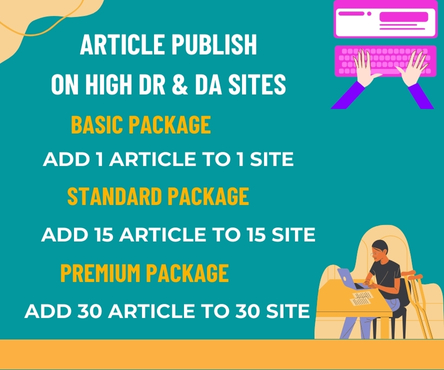In today’s digital age, a law firm’s website is often the first point of contact between the firm and potential clients. A well-designed website can make a lasting impression, convey professionalism, and establish trust with visitors. Conversely, a poorly designed website can deter potential clients and harm a firm’s reputation. In this article, we will explore how Law Firm Website Design can help establish trust with potential clients.
First Impressions Matter
A law firm’s website is often the first impression potential clients have of the firm. According to a study by the American Bar Association, 70% of law firms reported that their website was the primary source of new business leads. A website that is visually appealing, easy to navigate, and provides valuable information can create a positive first impression and establish trust with potential clients.
Key Elements of Trust-Inducing Website Design
So, what makes a law firm website design trustworthy? Here are some key elements to consider:
- Professional Visual Identity: A consistent and professional visual identity, including a logo, color scheme, and typography, can convey a sense of stability and reliability.
- Clear Navigation and Information Architecture: A website that is easy to navigate and provides clear, concise information can help visitors quickly find what they are looking for and feel confident in the firm’s expertise.
- High-Quality Content: Relevant, informative, and well-written content can demonstrate a firm’s expertise and establish trust with potential clients.
- Responsive Design: A website that is optimized for mobile devices and tablets can ensure that visitors have a positive experience, regardless of how they access the site.
- Testimonials and Case Studies: Featuring testimonials from satisfied clients and case studies of successful outcomes can provide social proof and help establish trust with potential clients.
Best Practices for Law Firm Website Design
To ensure that a law firm website design is effective in establishing trust with potential clients, consider the following best practices:
- Keep it Simple and Intuitive: Avoid clutter and ensure that the website is easy to navigate.
- Use High-Quality Images and Graphics: Incorporate professional images and graphics to enhance the visual appeal of the website.
- Optimize for Search Engines: Ensure that the website is optimized for search engines to improve visibility and drive organic traffic.
- Regularly Update Content: Regularly update the website with fresh, relevant content to demonstrate expertise and establish trust with potential clients.
Conclusion
A law firm’s website is a critical component of its online presence and can play a significant role in establishing trust with potential clients. By incorporating key elements of trust-inducing website design, following best practices, and regularly updating content, law firms can create a website that effectively conveys professionalism, expertise, and trustworthiness.

